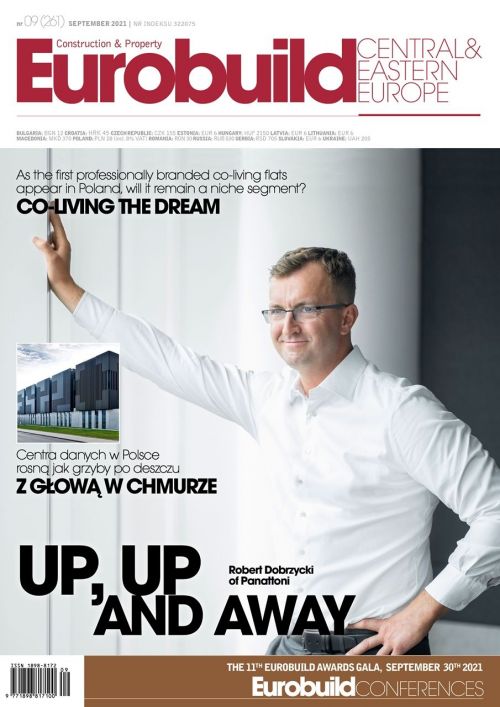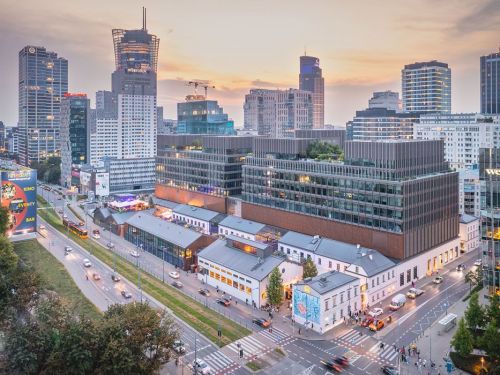In May last year, Microsoft announced a USD 1 bln investment in what it has dubbed the ‘Polish Digital Valley’. Much of this is to be spent on building a data centre region in Poland, which is to be developed in a strategic partnership with the country’s cloud service provider Chmura Krajowa. However, Microsoft is not the first tech giant to roll out its services in Poland – it has already been beaten to it by Google Cloud, which has also signed a strategic partnership with Chmura Krajowa and officially opened for business in April this year. Overall, Google’s investment amounts to USD 2 bln. Against such a backdrop, it should hardly be surprising that Cushman & Wakefield’s ‘Data Centre European Secondary Markets’ report published at the beginning of the year identified Warsaw as a hot spot for data centre development. At the time Joanna Sinkiewicz, the head of the industrial and logistics agency at Cushman & Wakefield, declared:































































